Welding industry: Out of its infancy
August 10, 2018 3:43 pm
An in-depth analysis on the current market scenario of welding industry in India and how it is steering towards global recognition
Over the past few decades, welding industry in India has seen a revolutionising trend of shifting towards technology – from analog or hardware based power sources to inverter to digital (microprocessor) technology to intelligent equipment and now trending towards IoT or Industry 4.0. Towards becoming a global manufacturing hub and to benefit from the government’s initiative of ‘Make in India’- Indian welding industry has definitely taken a big jump from being a lost cost option to a high quality international standard manufacturing.
Current market scenario of welding industry in India
Industrial demand has shaped the development
V V Kamath, Managing Director, Fronius India Pvt Ltd feels, ”Welding technology requires in depth research whose results are hugely beneficial for society. Industrial demand has shaped the development of the welding processes: the possibilities of automating the manufacturing processes and the diversity of component geometries have taken a leading role in this regard.”
Auto sector shows unprecedented growth
The welding industry is seeing a surge in demand in the last three to four quarters on the back of government funded projects in infrastructure, railways and defence seeing progress on the ground.
The pre-engineered building sector which feeds these projects has led to an increase in demand for the submerged arc welding consumables and fluxes, especially in welding of high strength steels ranging from 90,000 – 1,20,000 psi strengths. Satish M Bhat, Managing Director, Ador Welding Ltd, says, “The auto sector is showing unprecedented growth across segments. This has led to a surge in demand for welding products, especially continuous welding consumables and GMAW welding equipment. Refineries are undergoing modernisation projects with estimated investment of at$ 80 billion in next 3-4 years, augurs well for us with our comprehensive range of welding solutions.”
With falling inflation rates and reduced interest rates from banks to encourage spending along with the successful implementation of GST would encourage manufacturers to invest in capacity enhancements and technological upgradations.
Overview of automated welding and intelligentised welding technology
Major benefits of automated welding
The digital power sources together with its intelligent control circuitry and sensing mechanism coupled with high speed data communication, is having an impact on all industries that use welding technology such as automotive, engineering and railways or shipbuilding. Kamath observes, “The technology is significantly changing the quality requirements for the welded products. The adaptive process control and innovation in welding arc has enables residual welding stresses and component distortion to be reduced. Also, intuitive intelligent technologies have taken control over the whole welding process solution; for example, fusion penetration stabiliser, which even allows producing high quality welding, by stabilising the process, even if, welders stick out distances varying due to position or, skill.”
Welding is considered the most complex joining operations involving numerous variable parameters including skills. Automated welding provides main benefits to users such as reproducible weld qualities, irrespective of operator skills, increased output, reduces defects and scrap and decreases variable labour cost.
Robotic and special purpose machines
Reproducibility of welding is most important for production lines producing numbers of components for automotive industries such as two-wheeler and four-wheeler etc. Robotic and special purpose machines (SPM) are mostly employed for such applications.
Assuming the system controller is functioning properly, whether the machine positions the parts or the torch within the specified tolerance for welding, solely depends on the quality of the system and intelligence of the system to understand the external environment correctly. With the invention of technologies, these operations can be more and more accurate and defect free manufacturing is possible. Kamath opines, “When the entire industry is moving towards Industry 4.0 or, cyber physical production systems, the most important for industry is to select futuristic technologies which can handle large number of data for documenting, reporting and monitoring.”
Time for growth is now!
Welding automation offers tremendous opportunities for value addition and growth. This section is capturing the imagination of the fabricator more than ever before. Bhat informs, “Our welding design team has developed many new welding automation solutions for customers spread across the country. Intelligised welding; Weld 4.0 is a part of the latest industrial revolution industry 4.0.”
Inter connectivity among welding power sources, software, and manufacturing decision makers makes this possible. This involves intelligent power sources, robots, specially configured data collection and storage systems and a weld monitoring software that can feed the information to various platforms either on a smartphone of on a flat screen TV in the engineering office. The software used will have to be flexible to be able to sync with the equipment in the process flow and provide a complete flow of the entire welding process.
As for the immediate future its applicability seems most practicable in robotised MIG welding automobile applications.
Champ Pulse 500
Champ Pulse 500 is the latest state-of-the-art wholly indigenous pulse MIG equipment from the ador stable meant to cater to critical requirements.
As the industry is preparing to use smart materials by 2020, there will be significant opportunities to program and control subsequent welding operations. This new technology will be exploited by product designers, manufacturers and welders to improve the entire manufacturing cycle. The virtual factory is a term that will be heard frequently over the next 20 years as computer modelling and simulation tools become common place in welding operations. Welding will move from being an ’art’ to a manufacturing science with the help of computers.
Opportunities from the welding industry for the Indian manufacturers
Infrastructure sector – a key driver
Infrastructure sector is a key driver for the Indian economy. The sector is highly responsible for propelling India’s overall development and enjoys intense focus from the government for initiating policies that would ensure time-bound creation of world-class infrastructure in the country. Infrastructure sector includes power, bridges, dams, roads and urban infrastructure development.
The Government of India is expected to invest highly in the infrastructure sector, mainly highways, renewable energy and urban transport, prior to the general elections in 2019. Announcement has been made in the Union budget 2018-2019 for massive push to the infrastructure sector by allocating 5.97 lakh crore for the sector. Similarly, railways received the highest ever budgetary allocation of 1.48 trillion.
Kamath informs, “These days, around two third of the rolled steel around the world is used for producing welded structures. As welding is the most reliable joining process for metals, there should be lots of demands for high quality and high efficiency welding, including automation and robotics.”
He further adds, “The new process development would be key to success for the innovation based companies. Industries would look for complete solution providers rather than just another product supplier. This segment of industry is also the maximum employment creator, and hence, availability of skilled manpower to run to production is also another concern. Skill India Mission and PMKVY (Pradhan Mantri Kaushal Vikas Yojana) etc are some of the key initiatives by the government to deal with the challenges.”
Fronius being one of the technology leaders in welding technology development with a strong R&D facility and with more than 1,240 granted patents, would develop advanced and cost economic solutions for the industry, to handle the growth demands from the infrastructure growth.
Industry 4.0 and IoT will drive the growth
Bhat believes IoTs and Industry 4.0 will give rise to new products which has high productivity and technology. He adds, “The Govt of India’s ‘Make in India’ initiative will encourage the Indian manufacturers to look at technology enhancements and evolve rapidly to meet the changing needs to the industry.”
Adaptation to automation (low-cost and customised) in welding is increasing by every day. Modernisation programmes for airports, upgradation of refineries and other major investments in the sectors such as defence, aerospace, railway and energy will lead to growth.
Bhat concludes, “The welding industry is poised to grow at 7 per cent in the coming years and should cross 5,000 crore in the next five years which augurs well for the Indian welding scene.”
The new process development would be key to success for the innovation based companies.
V V Kamath, Managing Director, Fronius India Pvt Ltd
The welding industry is poised to grow at 7 per cent in the coming years and should cross 5,000 crore in the next five years which augurs well for the Indian welding scene.
Satish M Bhat, Managing Director, Ador Welding Ltd
Cookie Consent
We use cookies to personalize your experience. By continuing to visit this website you agree to our Terms & Conditions, Privacy Policy and Cookie Policy.



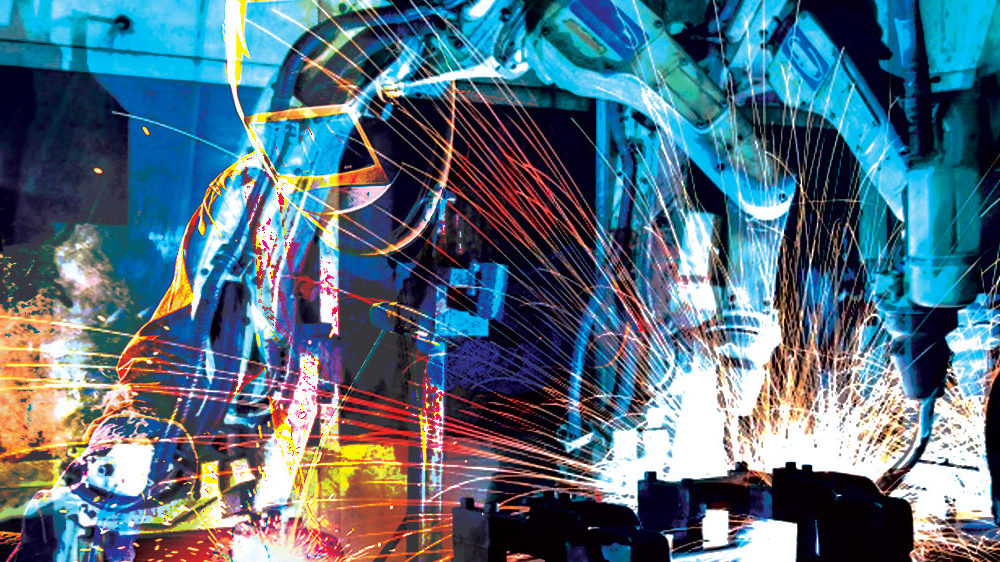



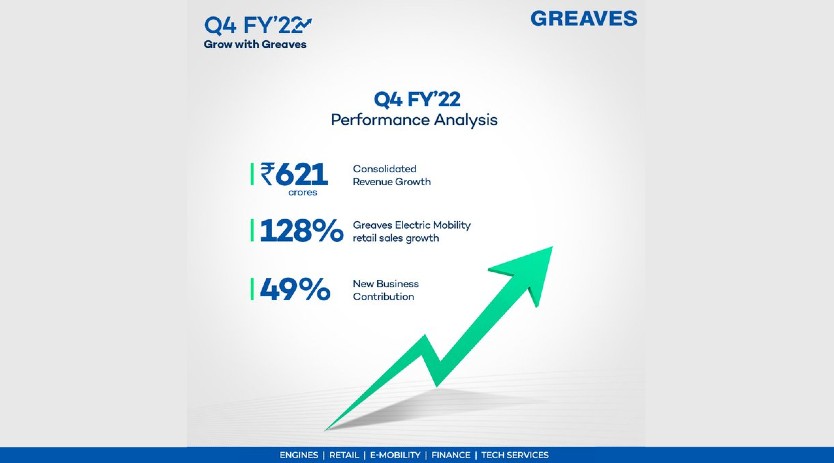
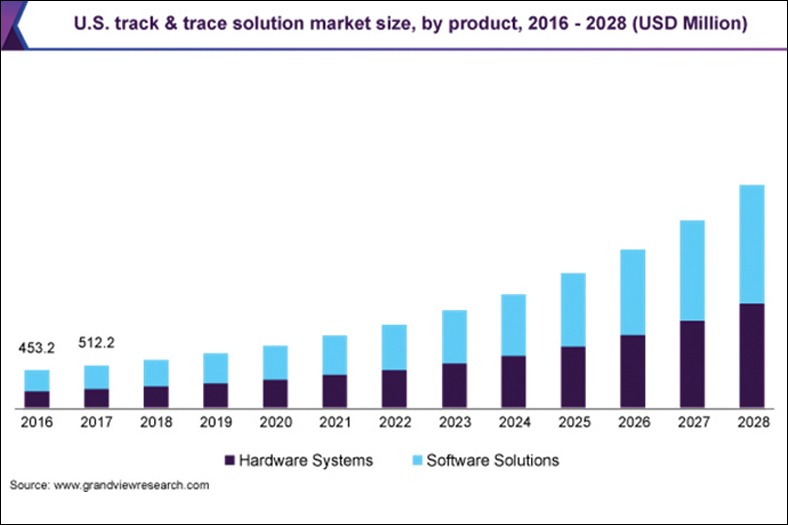

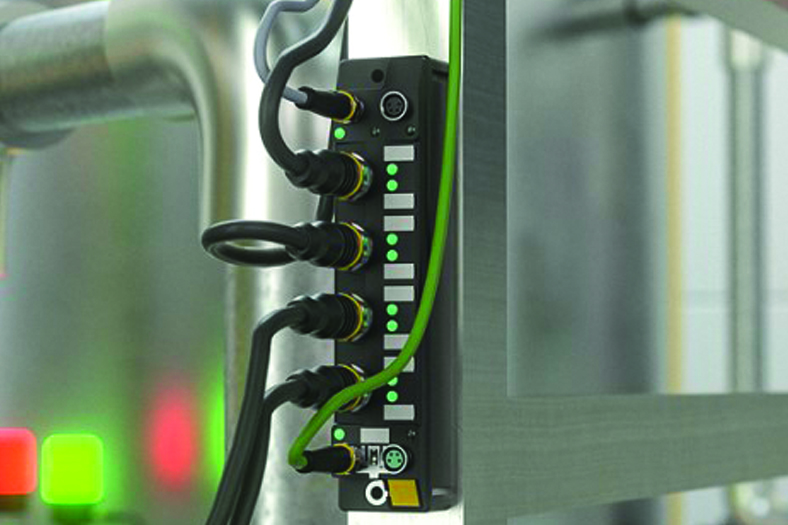

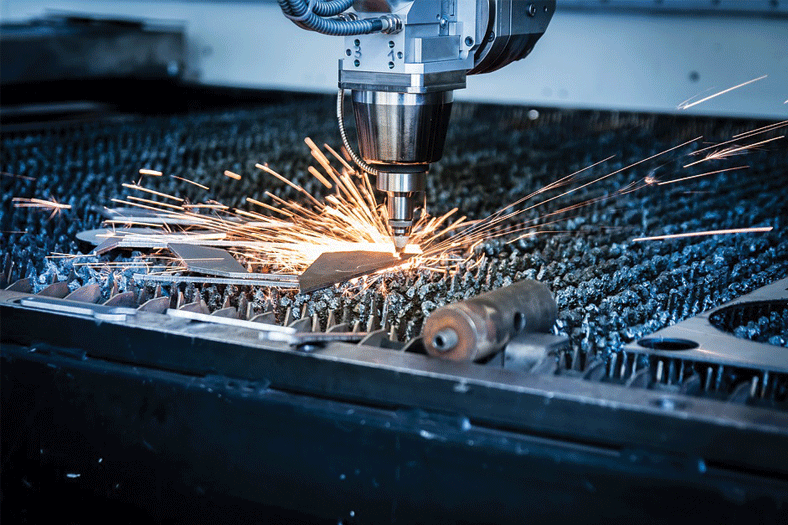
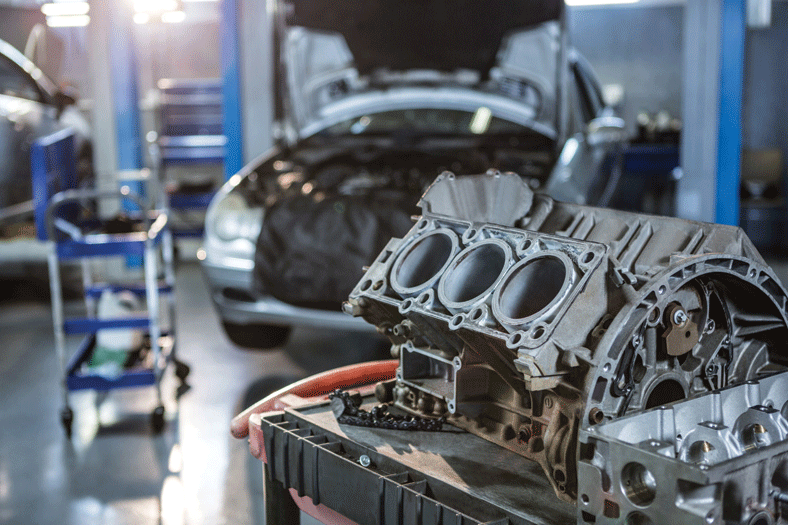



 English
English Hindi
Hindi